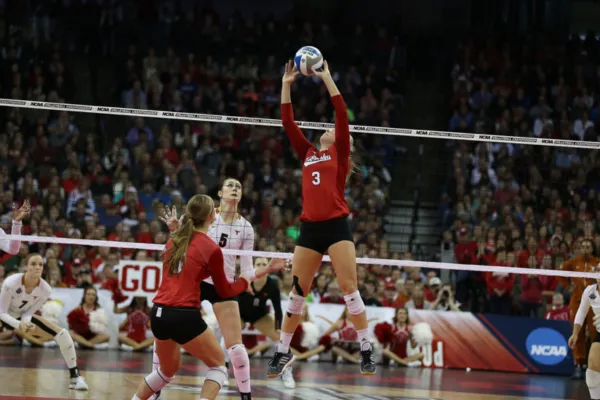
Call the Ball
When Crystal and I got married we lived in Bowling Green, KY. I was a rising Senior at WKU, looking forward to graduation and having money. Entertainment in those days was mostly Netflix (Old school...these were DVDs!), getting specials in the markdown section and Sunday night volley ball games.
We generally played 6 on 6 - a configuration with just the right amount of running for me 😅.
The teams that won were often relatively fit, but fitness was no guarantee of success. The larger determinant of success was often how well the team used one single phrase:
"I've got it"
That little phrase was the difference between success. & failure. Without it:
Sometimes too many people ran towards the ball.
Fumbling over each other.
Out of position for the next volley.
Lots of people trying individually but not succeeding together.
Sometimes everyone assumed other people had it.
"I don't want to get in his space."
"That'll be over my head, she'll get it"
Ball hits the ground between everyone.
The teams that succeeded were great at calling out "I've got it!" or the even simpler "Mine!".
The same was true in the most successful teams I have led. Great teams communicate all the time about everything. Calling out "I've Got it" even when most thought that was a given.
This idea is too simple.
Listen. I agree. I actually can't believe I'm writing about this either.
But...
I have seen what happens when teams DON'T do this.
Persistently either too many or too few resources. Assumptions about who is working on what. Or just the general assumption someone is working on it.
Train this simple behavior in yourself, and your teams - Call The Ball. Every single time.
This isn't brain surgery, it is literally responding with "I've Got It". That's basically it.
Well, that and doing some ensuing work.
Reward simplicity, not complexity.
I love a good process.
A good intake meeting.
A good prioritization call.
But most teams are drowning in them. Before you add more of those, try embedding Call The Ball into the expectations of your team and of yourself.
This isn't taking on all the work
One of the reasons I used this language with my team is because lots of things can kinda fall equally between two teams. For a while I mistakenly thought that since I was "the Leader" I had all the right context to guide the work flow. For a while I was right, but once I started leading Leaders I quickly realized I didn't.
Instead of me deciding where the work should go, the high functioning team is better suited to sort that out with less direction/interference from the Leader.
4 Easy Steps
"I've got it" The expectation should be that when a Leader sends something to the group, one of them will call it.
"We'll get back to you on X day" Note the "we". This isn't signing up for all the work, this acknowledging a request and then coordinating a quick "assessment" of what's next
"What do we think is best to handle this?" Going to peers to coordinate on: more context, current workloads between the team, who is already working on something similar, who is best positioned to do the work, etc
"The best way to handle this is" Follow back up at the agreed time, sharing ownership, accountability, etc
The great thing about "Call the Ball" is that it's the same process for no matter where you are in the org. Build the culture for your team, but also start embracing it in your style upwards.
Clarity benefits every single situation.
